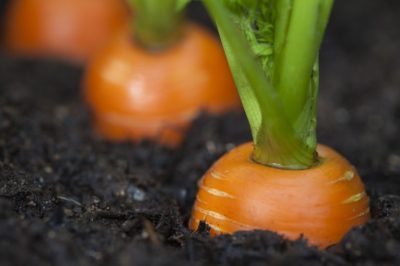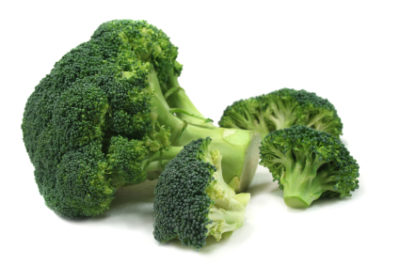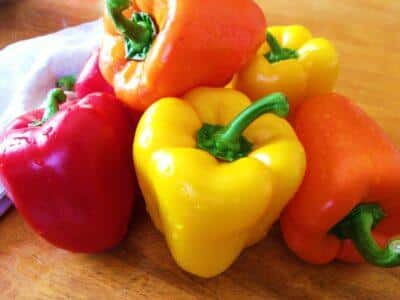
Image source: Pixgood.com
When starting a garden, one of the biggest costs is the seeds, but the good news is that you can provide your very own organic seed stock each and every year with a little patience and planning.
Being able to collect seeds from your garden is really pretty simple. You just have to plant a few extra individual plants and let them flower and develop the seeds. But make sure that you aren’t relying on every single plant in your garden to provide you with food. Thankfully, plants tend to make a lot of seeds, so even letting one or two “go to seed” should give you more than enough to plant next year.
Not all seeds are created equal, though, and it is important to let them mature properly. It is equally important to store them correctly. However, it’s not that difficult to store the seeds for the winter, and you may even be able to stop buying any seeds once you figure out what grows best in your garden.
As far as storage, there are a few rules to follow for almost any common garden plant. First, you must ensure that the seeds are fully developed. This will vary some depending on the plant and what region you live in. For most plants, though, this will mean late fall, when the rest of the plant is dying back and the seeds are dry. The majority of garden plants have small seeds that will be attached to the stem of the plant.
It is best to cut the entire flower stalk that contains the seeds. You can let this sit and dry, and a lot of the seeds will simply fall off after a couple of days. The rest you can get by hand picking or even thrashing the stalk in a contained area. I recommend that you put the drying stalk on top of a piece of paper or something else white. Since the seeds are so small, this will allow you to better keep track of the seeds as they fall out, and will also allow you to more easily transfer the seeds from the paper to whatever you’re storing them in.
Get Delicious, Nutrient-Dense Heirloom Seeds Here!
There are plenty of resources to find specifics for individual types of plants, and we won’t get into that too much here. But you can help yourself by planting some of the following vegetables that will easily set you up with seed crop for next year. Remember: The seeds need to be dried prior to storage, so be sure to lay them out in an area with low humidity, and out of direct sunlight.
Many seeds will keep for several years, but it’s best if you can rotate your seed crop each year. Here are some of the best:
1. Carrots — carrots are nutritional, hardy, and will store for a long time refrigerated or in a root cellar. They don’t take up much garden space, and the greens that we don’t eat can be fed to chickens or added to the compost bin.
 However, collecting the seeds of carrots will take two years because they only produce seeds every other year. Just leave a few of the biggest carrots in the garden when you harvest. Let them grow again next year and they will produce seeds that you can store, so you don’t have to buy seeds every other year.
However, collecting the seeds of carrots will take two years because they only produce seeds every other year. Just leave a few of the biggest carrots in the garden when you harvest. Let them grow again next year and they will produce seeds that you can store, so you don’t have to buy seeds every other year.
2. Broccoli – broccoli is another hardy and nutritional plant. You can also wait until the second year to harvest the seeds if you have the patience. But basically, the broccoli part that we eat is just the immature flower of the plant. Choose one or two plants and make them your seed plants. Just don’t harvest them when you harvest the others. Broccoli seeds are ripe when the seed pod is dry, usually when the plant is completely brown.
The Secrets Of Sea Minerals To Grow More “Nutritionally-Dense Food” Than You Can Possibly Eat!
Be aware that broccoli is in the same family as cabbage, and if you’re growing more than just broccoli, you’ll want to separate it quite a distance from the other cabbages. Since they are genetically related, they can cross-pollinate and your seeds will not be of much use.
3. Beans and peas — very simple crops to save the seeds of are beans and peas. The process is the same for almost any variety. As the pods mature, don’t pick all of them. They will stay on until the fall, when the plant is dying off. The pods will become dry and thin, and then the beans or peas are ready.

Image source: Sweetgraces
4. Bell peppers — bell peppers are a great addition to your garden and can be eaten at any time during their development. Since you’re probably not going to be commercially producing pepper seeds, harvesting them is a breeze. Cut off the bottom of the pepper, and pull out the whiteish cone in the middle that has all the seeds attached to it. Then spread them out and let them dry. That’s it.
5. Tomatoes — tomato seeds are a little more work, and it even involves some fungus, but overall, saving tomato seeds is still pretty easy. Take a ripe tomato and cut it in half, not along the stem. Squeeze the jelly and seeds into small glass jars. Be sure to keep it moist by adding water if necessary, and then set them aside for a few days. The white fungus will appear, but that’s a good thing. It produces an antibacterial secretion that fights blights that can attack the seeds.
After a few days, fill the glass with water and skim off whatever floats. The seeds that are viable will sink to the bottom, and then you dry them the same way as anything else.
Harvesting and saving your own seeds will not only save you tons of money over the years, but it will make you far more self-sufficient.
What vegetables and fruit would you add to the list? Share your suggestions in the section below:
If You’re Seed Saving, You Need Heirloom Seeds. Read More Here.
 Off The Grid News Better Ideas For Off The Grid Living
Off The Grid News Better Ideas For Off The Grid Living




